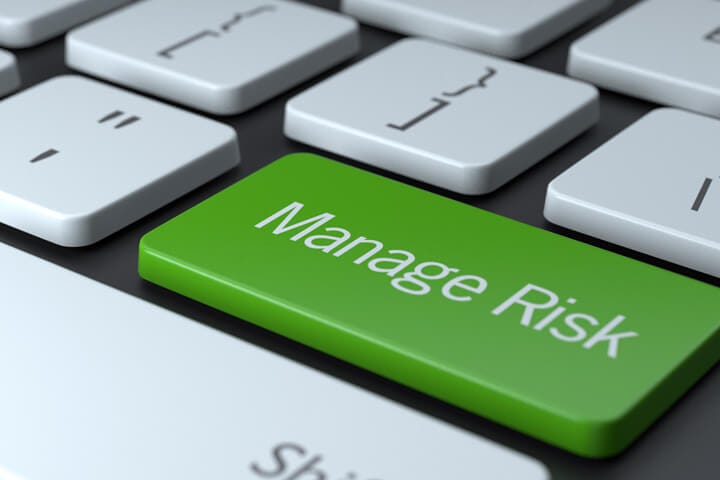
- Regular IT risk assessments help organizations identify vulnerabilities, prioritize risks, and allocate resources effectively to mitigate cybersecurity threats.
- The process involves identifying assets, assessing threats and vulnerabilities, implementing controls, and ensuring ongoing communication between IT teams and senior management.
- Risk assessments should be ongoing, adaptable to organizational changes, and documented to support decision-making and compliance with frameworks like ISO 27001 and NIST SP 800-30.
Conducting an IT risk assessment is essential for organizations facing increasing cyber threats, with cyberattacks occurring every 40 seconds and ransomware attacks rising rapidly. An IT risk assessment identifies vulnerabilities within an organization’s information systems, networks, and data, helping leaders understand potential financial and operational impacts. Such assessments should occur annually or when significant organizational changes arise, such as mergers or the adoption of new technologies. Many compliance standards, like ISO 27001 and CMMC, mandate documented assessments to maintain certification and compliance.
Risk assessments serve several purposes. They justify costs by providing concrete evidence to management about necessary security investments. They improve productivity by helping IT teams proactively address vulnerabilities instead of reacting to incidents. These assessments also facilitate communication between IT teams and senior management, ensuring alignment on security priorities. Cross-departmental conversations during assessments reveal how different teams use technology and contribute to security, fostering a culture of shared responsibility for information security.
The assessment process involves multiple steps. First, organizations must catalog information assets across departments, classify them based on sensitivity, and identify relevant stakeholders. Next, they assess threats, including malicious attacks, accidental data loss, system failures, and external risks like natural disasters. Vulnerabilities are identified through audits, penetration testing, and vulnerability scanning tools. Once vulnerabilities are mapped to potential threats, organizations assess the likelihood of incidents and the impact on operations, financial stability, and data security. Prioritizing these risks using risk matrices enables organizations to focus resources on the most critical vulnerabilities.
Once priorities are established, organizations design and implement appropriate controls—technical, procedural, and physical—to mitigate or eliminate risks. Collaboration with senior management ensures that risk treatment aligns with broader organizational goals. The final step is to document the findings in a report that supports budget decisions and policy development. Effective documentation helps communicate risks to executives, justifying resource allocation and aligning security strategies with compliance requirements.
Risk assessments should not be one-time events. Continuous reassessment is crucial as technology, organizational processes, and external threats evolve. Utilizing risk register software can streamline the process, allowing teams to monitor changing risks, visualize trends, and effectively communicate potential exposures to leadership. This proactive approach strengthens security postures, ensures compliance, and builds trust with customers and stakeholders by demonstrating a commitment to protecting sensitive information.


Leave a Reply
You must be logged in to post a comment.